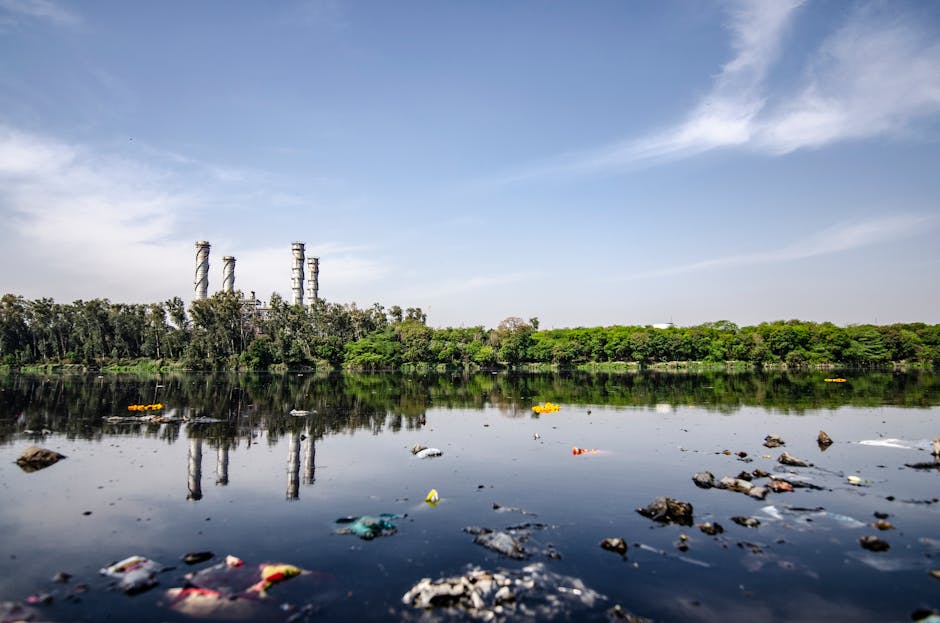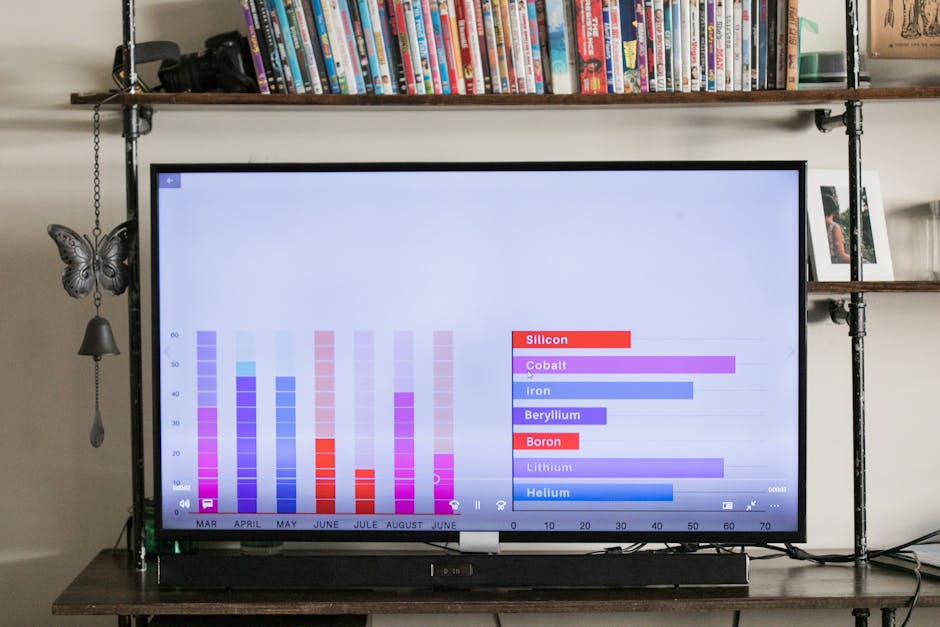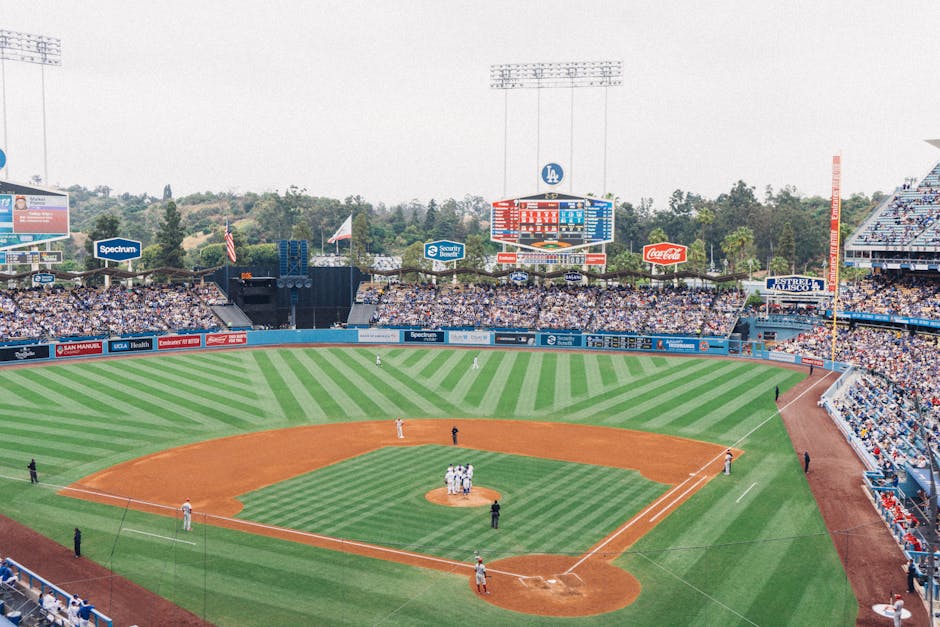After 2 Years of War, Gazans Divided: Hope and Skepticism Over Ceasefire Plan
After two grueling years of conflict, the Gaza Strip finds itself at a crossroads. A newly proposed ceasefire plan has sparked a mix of hope and skepticism among its residents, whose lives have been upended by relentless violence, economic collapse, and humanitarian crises. While some Gazans see the plan as a potential turning point toward peace and rebuilding, others remain deeply wary, questioning whether it will bring lasting change or merely serve as a temporary pause in the bloodshed.
The Devastation of War
The war, which began in 2022, has left Gaza in ruins. Entire neighborhoods lie flattened, hospitals are overwhelmed, and basic necessities like food, water, and electricity remain scarce. Over 30,000 lives have been lost, and countless others have been displaced, their homes reduced to rubble. The psychological toll on the population—especially children—is immeasurable, with many suffering from trauma and anxiety.
A Glimmer of Hope
The ceasefire plan, brokered by international mediators, proposes a phased approach to ending hostilities. It includes provisions for humanitarian aid, the release of prisoners, and steps toward rebuilding Gaza’s infrastructure. For many, this represents a glimmer of hope. “We’ve been living in a nightmare for two years,” said Ahmed, a father of three from Gaza City. “If this plan can bring peace and allow us to rebuild our lives, we’ll take it. We have no other choice.”
Lingering Skepticism
However, not everyone is convinced. Critics argue that the plan fails to address the root causes of the conflict, including the ongoing blockade of Gaza and the lack of a long-term political solution. “This ceasefire might stop the bombs for now, but what happens next?” asked Mariam, a teacher from Rafah. “We’ve seen ceasefires before, and they always fall apart. We need real change, not just another Band-Aid.”
Divisions Within Gaza
The war has also deepened divisions within Gaza itself. While some residents are eager to embrace any chance at peace, others are more skeptical, fearing that the ceasefire could be exploited by political factions for their own gain. “We’ve been let down too many times,” said Samir, a shopkeeper in Khan Younis. “I want to believe in this plan, but I’ve learned not to trust promises made by those in power.”
International Support and Challenges
The international community has largely welcomed the ceasefire proposal, with many nations pledging support for reconstruction efforts. However, questions remain about how these promises will be implemented and whether they will be enough to address the scale of the devastation. “The world cannot just turn a blind eye once the fighting stops,” said a spokesperson for a local NGO. “Gaza needs sustained support, not just short-term aid.”
A Precarious Path Forward
For now, the people of Gaza are left to navigate a precarious path forward. Those who are hopeful see the ceasefire as an opportunity to heal and rebuild, while those who are wary remain cautious, unwilling to let their guard down after years of broken promises. “We’ve been through too much to be naive,” said Fatima, a widow from Jabalia. “But even a small chance at peace is better than none.”
As the ceasefire plan moves closer to implementation, the world watches with bated breath. Will it mark the beginning of a new chapter for Gaza, or will it be just another fleeting moment of calm in a cycle of violence? For the people of Gaza, the answer will determine not just their future, but their very survival.
In the meantime, life in Gaza remains a delicate balance between hope and despair. For every family dreaming of a better tomorrow, there is another bracing for the possibility of renewed conflict. As the sun sets over the battered landscape, one thing is clear: the road to peace will be long and fraught with challenges. But for the people of Gaza, it is a road they are determined to walk—no matter how uncertain the path may be.




